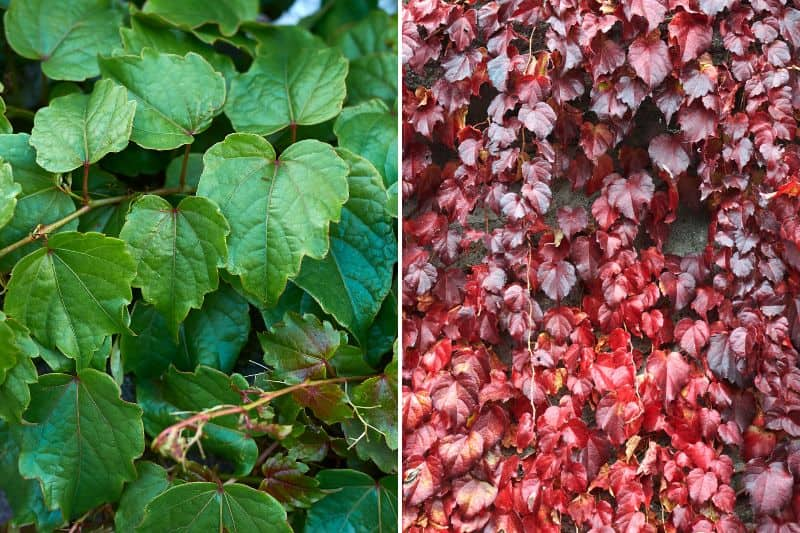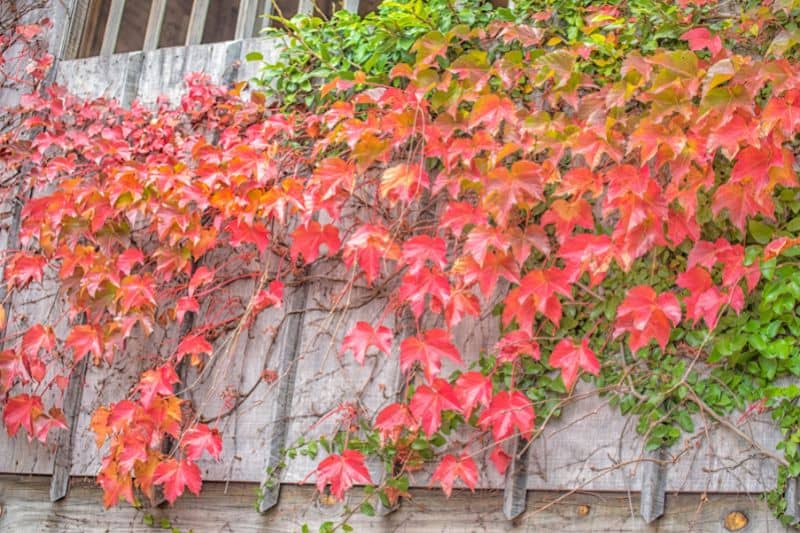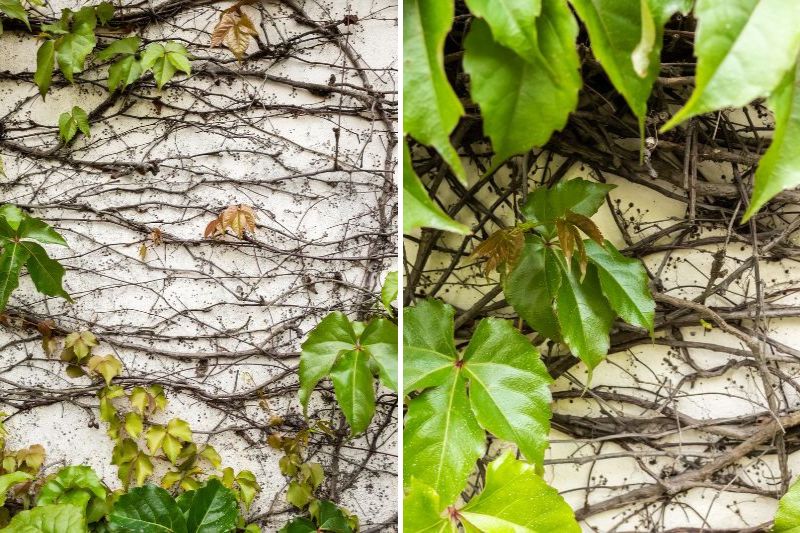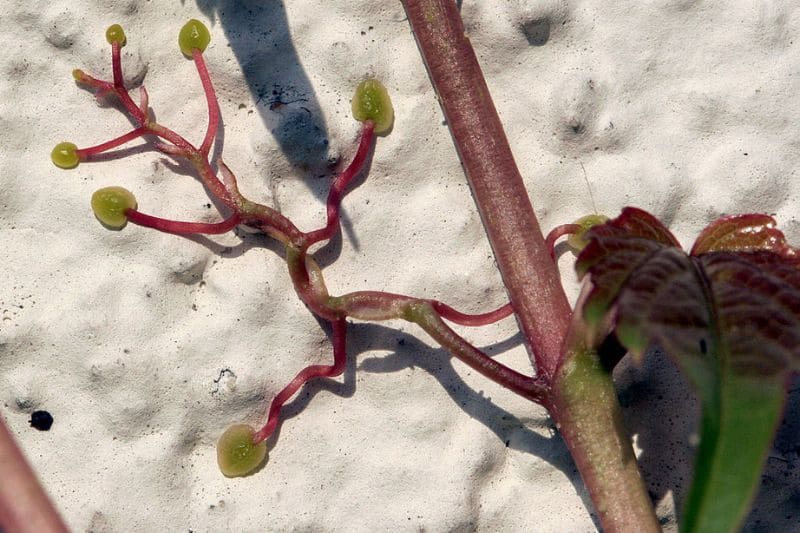Undeniably, Virginia creeper adds an ornamental touch to any façade, even imparting the charm of an old stately home. Its covering habit and very rapid growth also allow it to hide an unsightly wall or an unattractive fence, or quickly provide shade under a pergola or arbour. When autumn arrives, it blazes red and copper. Thanks to its adhesive pads at the ends of its tendrils, it attaches to any support without difficulty. And that is where the problem lies! Indeed, this Virginia creeper can sometimes become too invasive. Removing it becomes a necessity. How to do it? What risks are there in removing a Virginia creeper? And above all, how to get rid of the adhesive pads that remain on the wall?

Why removing Virginia creeper?
Reasons to remove a Virginia creeper are multiple and personal. Some will see the act as sacrilege, others as a relief. Especially if you did not plant this Virginia creeper but "inherited" it when buying a house...
Removal of a Virginia creeper is therefore motivated by several arguments:
-
It has grown too large, to the point of covering the roof (and getting under tiles), blocking gutters and reducing light at windows
-
You're fed up with pruning this Virginia creeper once or twice a year. This work is time-consuming and somewhat hazardous since it often requires climbing a ladder
-
Moss and lichens can develop under Virginia creeper and fungi may proliferate, which in the long term risk weakening render, pebbledash or paint on the façade
-
You're invaded by insects in summer that enter the house, among them wasps or spiders that can be a nuisance. Not to mention lizards that find food in the Virginia creeper foliage
-
You fear the adhesive pads will damage the façade (On this point, rest assured: Virginia creeper adhesive pads do not penetrate façade coverings, unlike climbing roots of ivy or bignonia which can cause damage on cracked, crumbly or earthen walls).
However, before taking the radical decision to remove your Virginia creeper, remember that your Virginia creeper also offers some advantages:
-
It gives real character to your house, especially in spring and summer
-
It is a biodiversity reservoir where beneficial insects useful for biological pest control and pollination coexist, as well as lizards and birds, all essential for garden and vegetable patch
-
It acts as a thermal regulator because it creates insulation against summer heat
Still not convinced...

How to eliminate a Virginia creeper?
Before starting the removal operation, gather your equipment.
Required equipment
-
Good pruning shears
-
Shear with a sufficiently long handle
-
Ladder if required
Method to destroy the Virginia creeper

- Soak the base of the Virginia creeper thoroughly to moisten the soil. This will make uprooting easier
- Using shear and pruning shear, cut main and secondary stems at the base in several places
- Gently pull on the shoots to detach them from the façade. This operation should not damage the wall as the adhesive pads are not firmly attached
- Once this work is done, tackle the base which must be dug up. If you choose to keep it, you will need to prune shoots very regularly that will inevitably regrow from the base
- With the pickaxe, dig around the base of the Virginia creeper to extract the roots as deeply as possible
- Uproot the Virginia creeper plant by hand.
How to remove Virginia creeper adhesive pads?

All Virginia creeper species have tendrils that allow them to cling to supports they find: stakes, trellises, arches, pergolas, arbours, wire fences... This is the case for varieties such as Parthenocissus quinquefolia and most Ampelopsis. But these creepers cannot climb a bare wall without support.
On the other hand, other varieties, Boston ivy (Parthenocissus tricuspidata) or Henry's Virginia creeper (Parthenocissus henryana) are equipped with adhesive pads that secrete a kind of sap, enabling them to stick to walls. When the plant is pulled out, these adhesive pads often remain on façades. They appear as small black spots on walls.
If you leave your façade untouched, these adhesive pads can remain without causing any inconvenience. However, if you plan to reapply render or re-render, or simply repaint, it is advisable to remove them.
How to proceed?
- Wait a few weeks before acting, so the adhesive pads, cut off from the mother plant and therefore no longer fed with sap, dry out
- Spray a fungicidal and anti-moss product onto the façade
- Wait 3 to 4 days for it to act
- Complete treatment with brushing of the most stubborn parts
- Rinse with a pressure washer fitted with a rotary nozzle
If some adhesive pads remain stubborn, professional solutions such as air-abrasion or hydro-abrasion can be considered.
































Comments